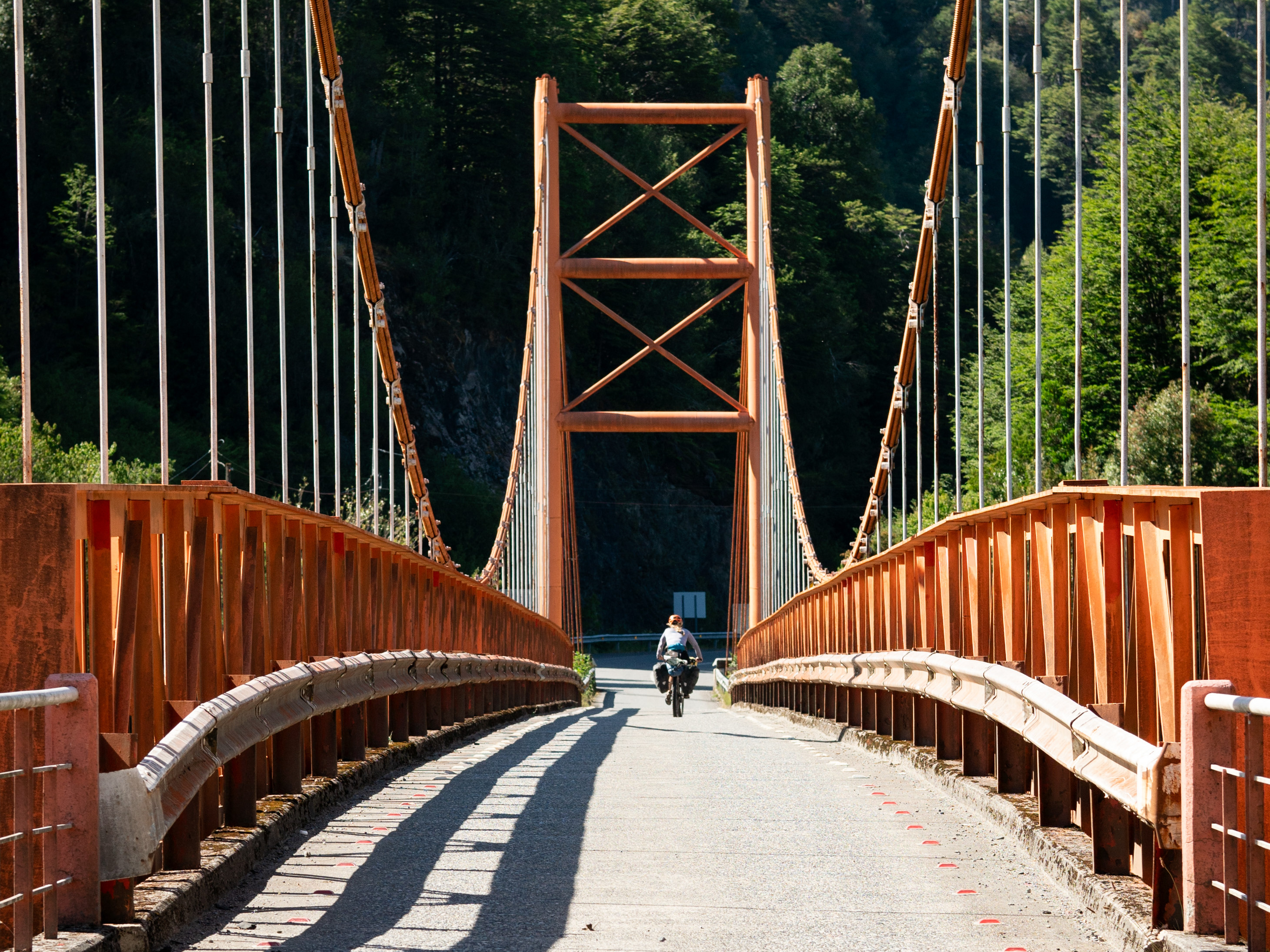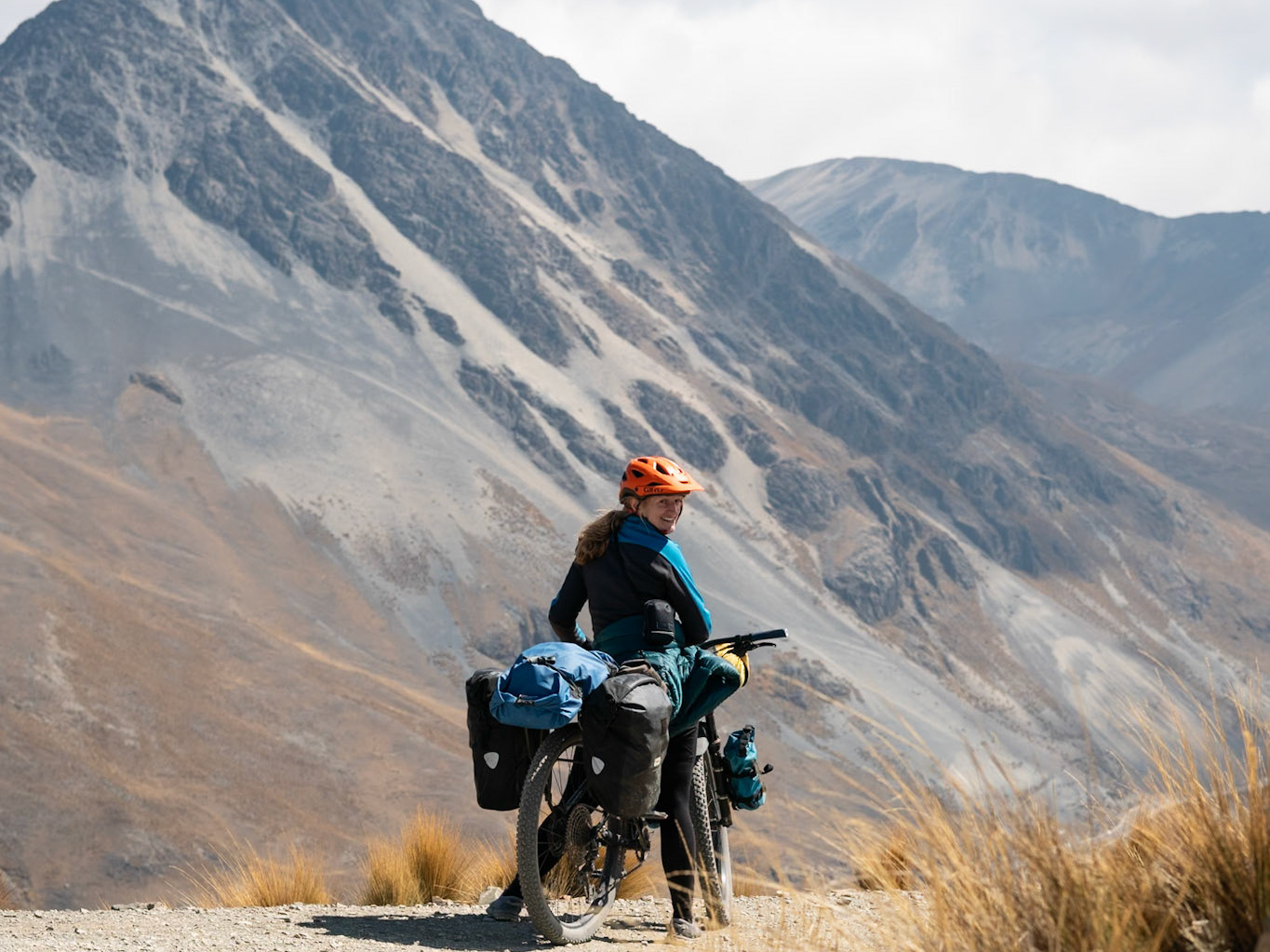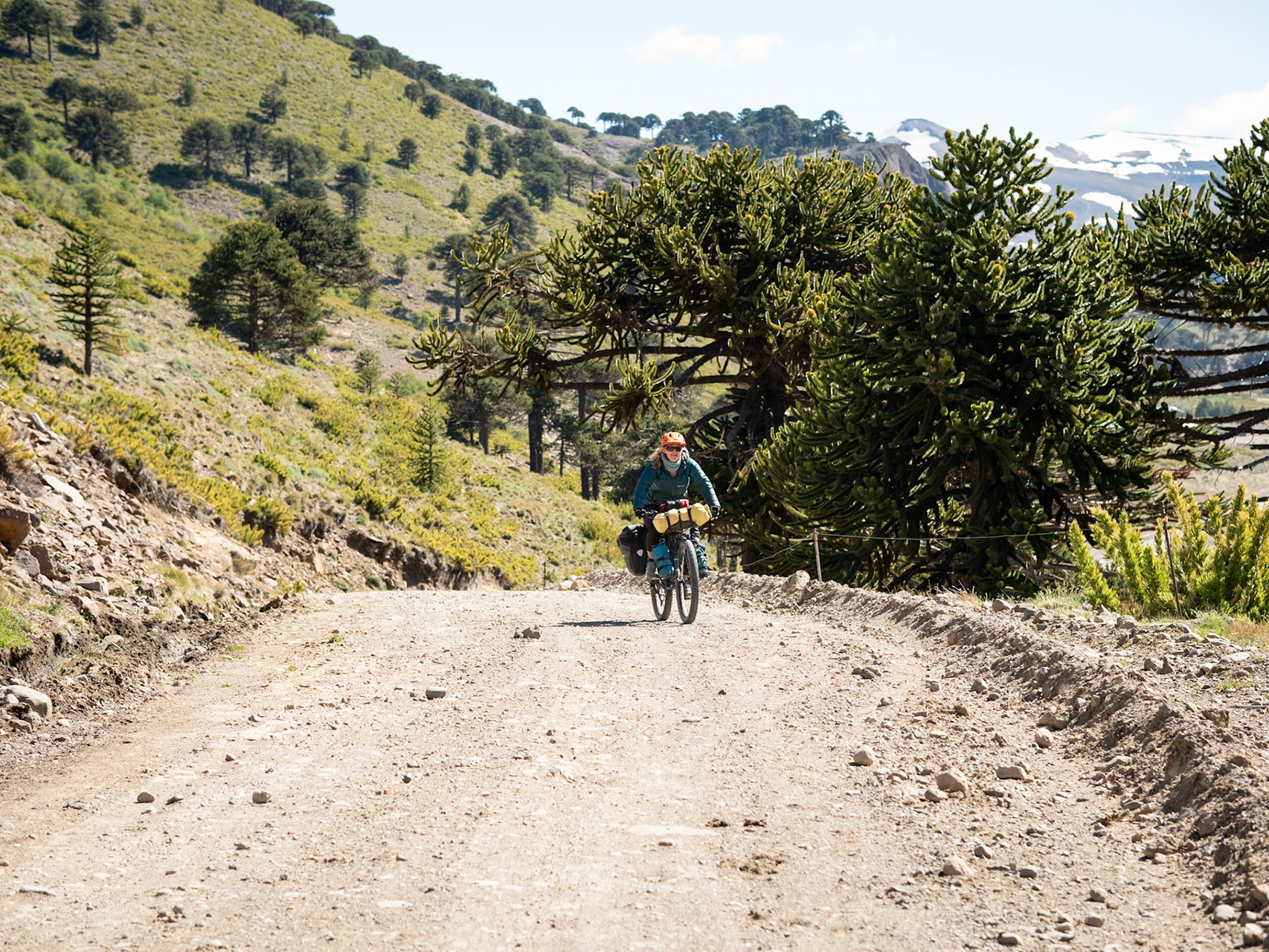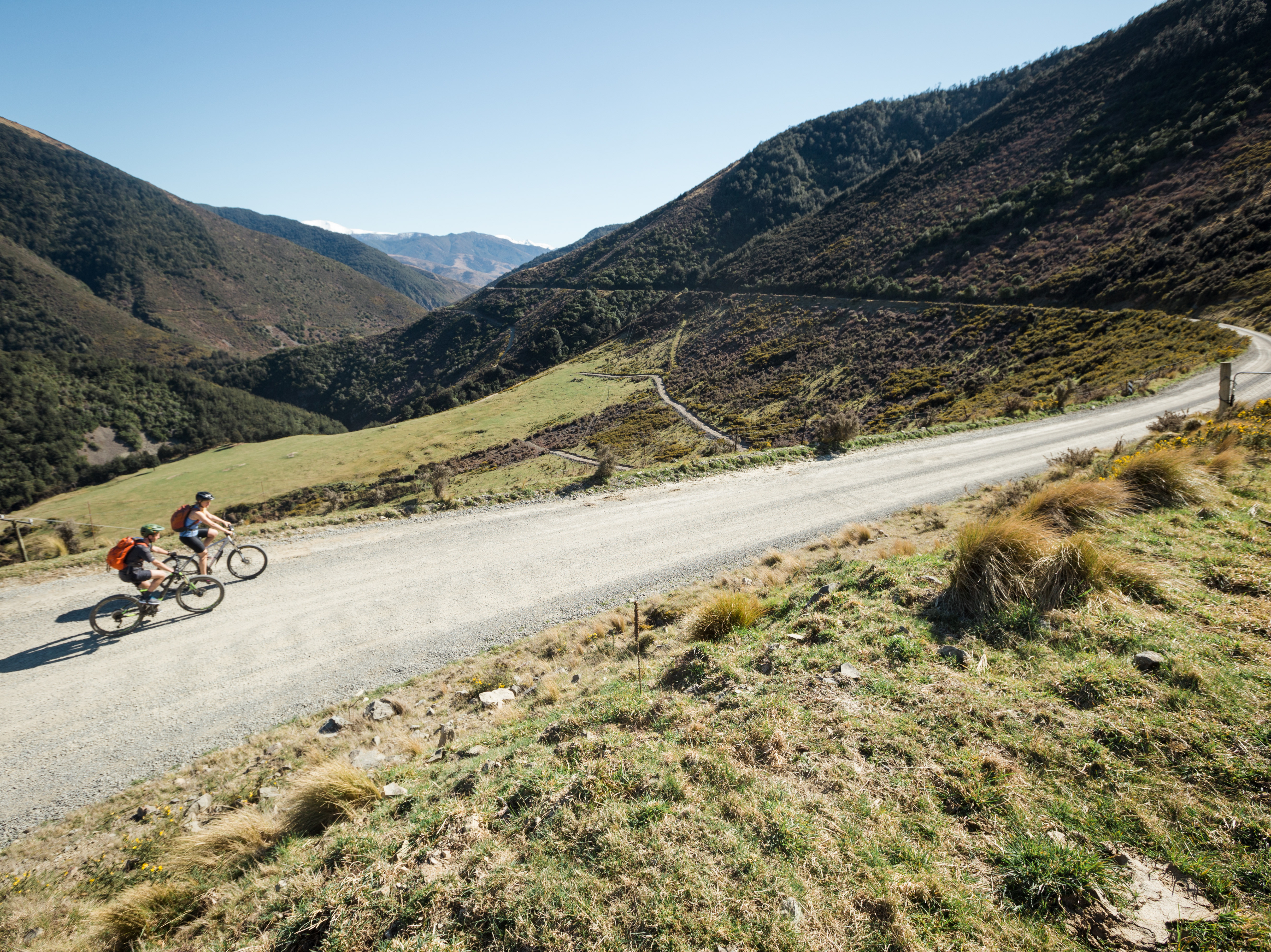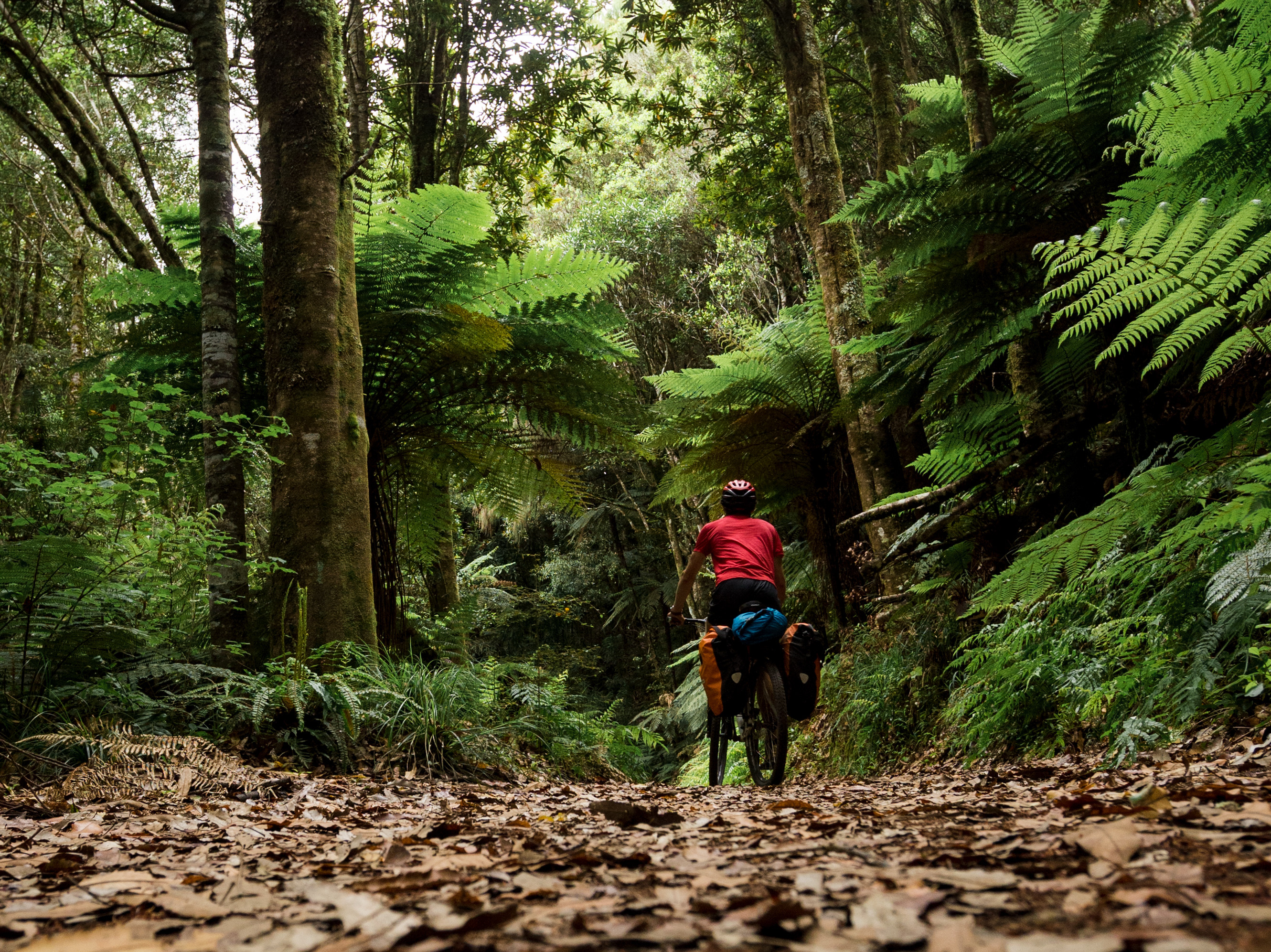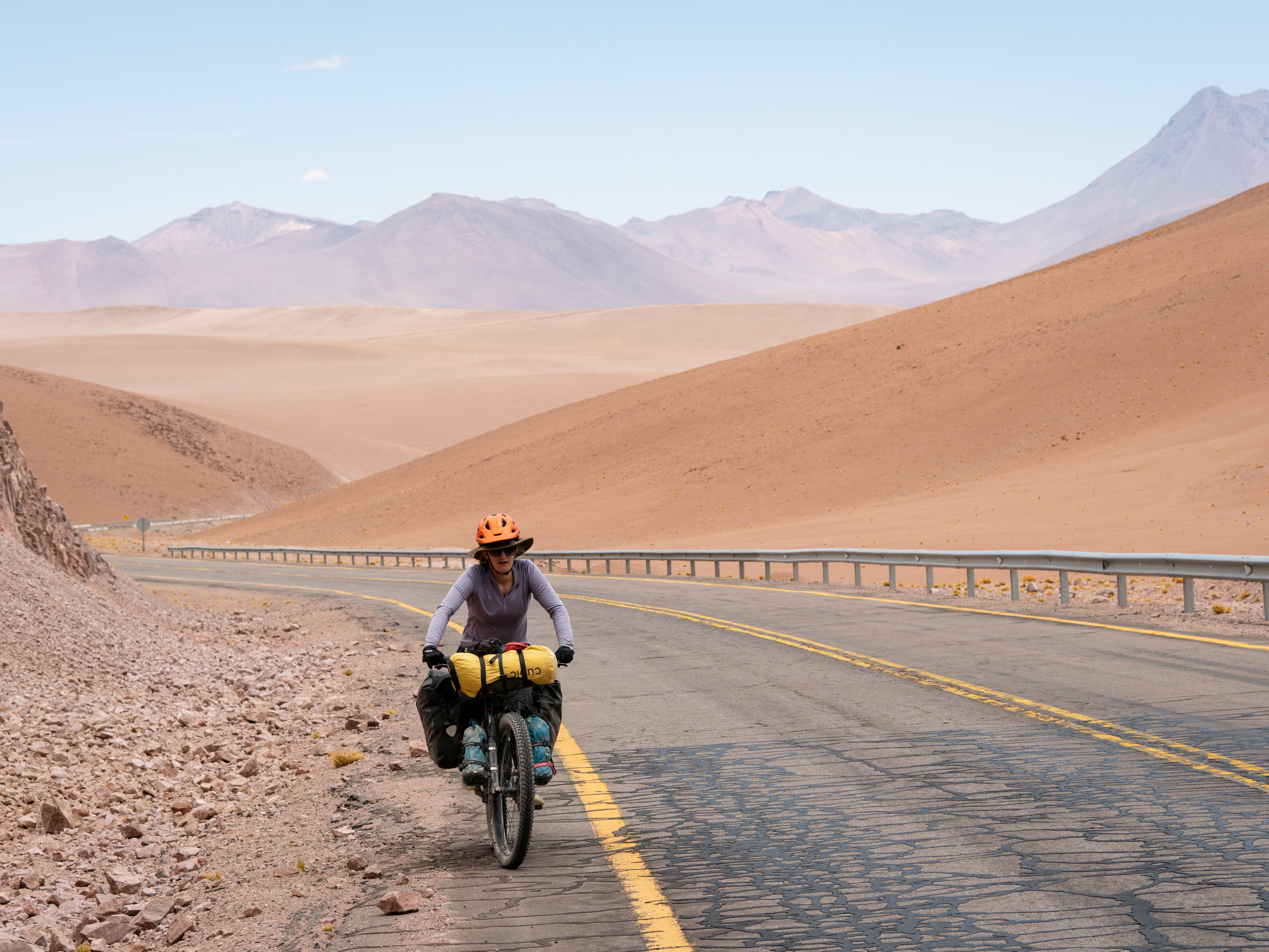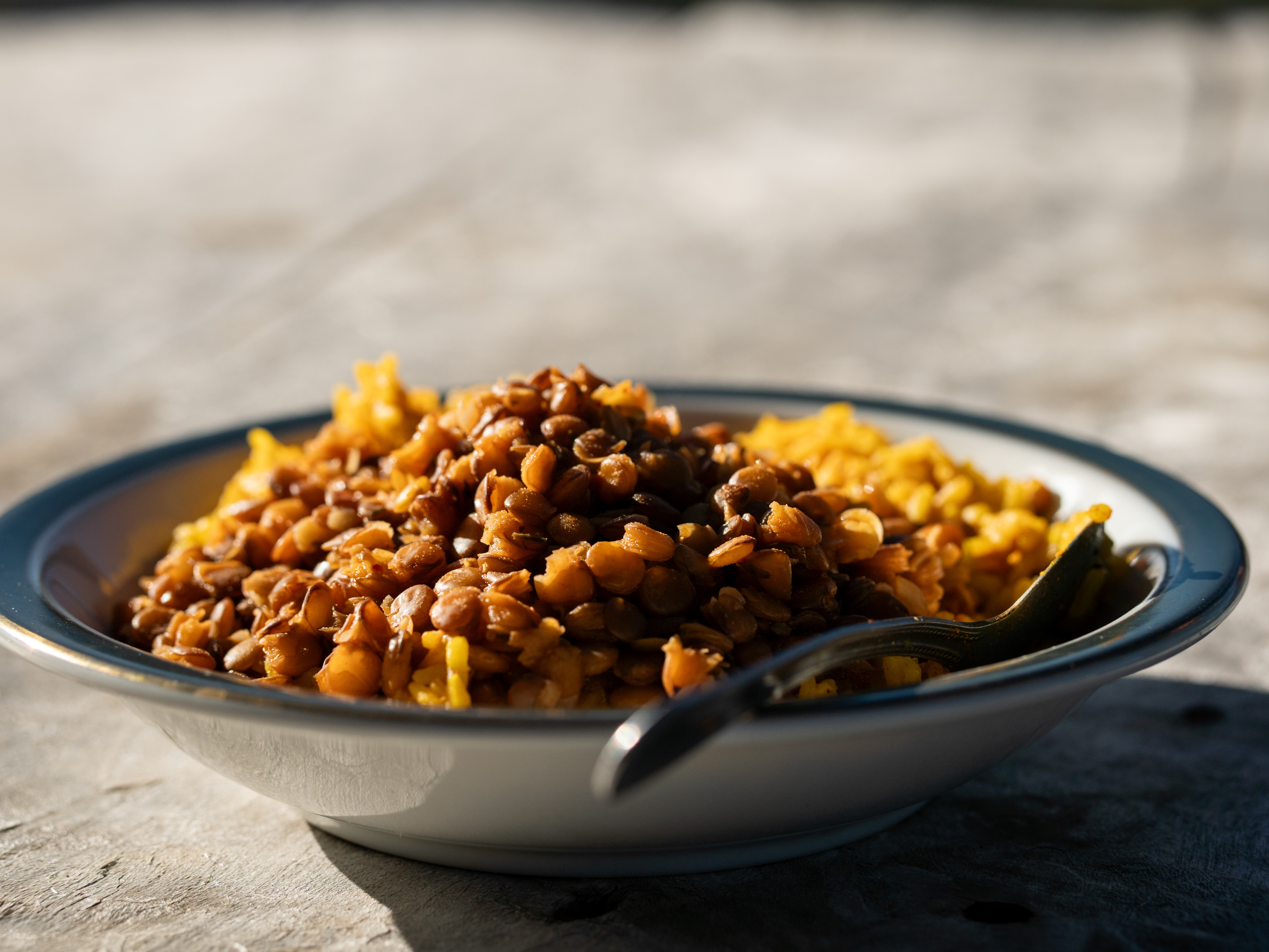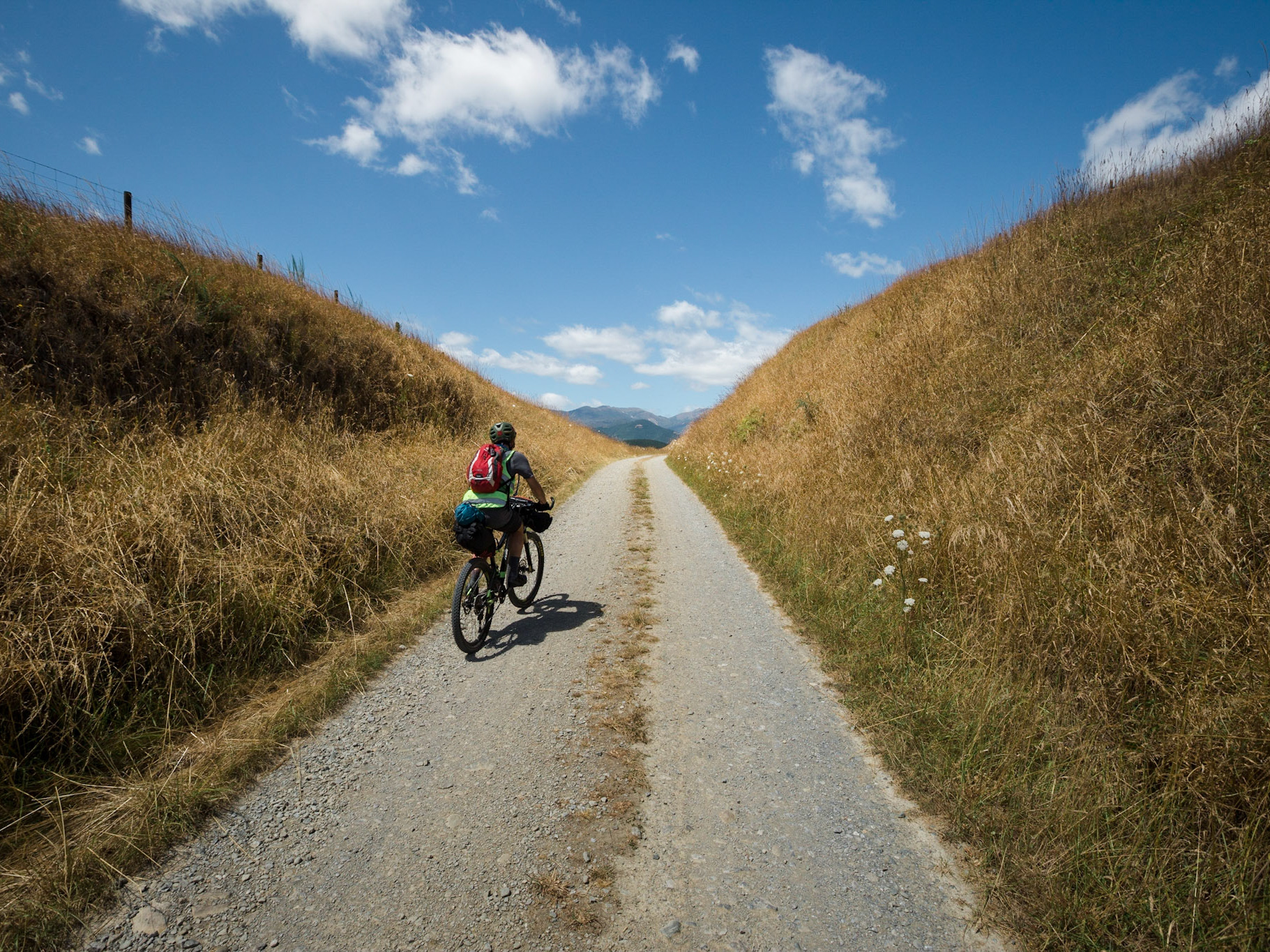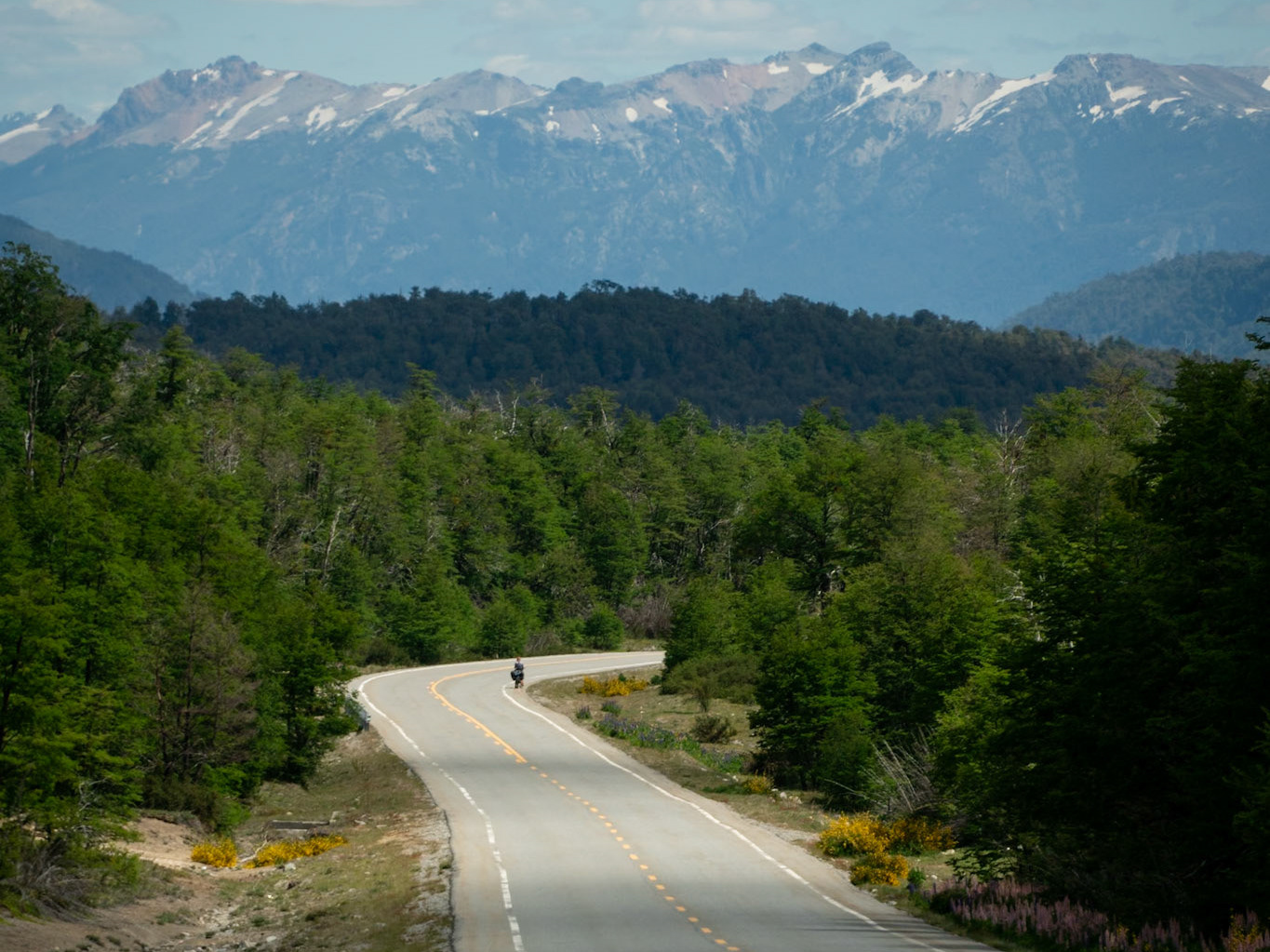The cracked and leaking sidewall of the old Vittoria Mezcal, a fantastic tyre at the end of its life
Sealant leaking around the rim of the Maxxis Ardent (see text above for why)
The shredded rear hub bearings, the ones that were left...
Incapacitated by a rear hub that sounded like a fork in a blender
Pancho, the immensely generous and capable bicycle mechanic of Villa Cerro Castillo
We replaced 5 of these bolts after they unwound themselves. This happened on both bikes and right from the start, and using different bolts so I don't think it was an issue of worn thread or poorly made bolts. I suspect the arm of the pannier and frequent vibration combine to make an un-winding phenomenon. Loctite and spares highly recommended.
One thoroughly cooked bottom bracket, crack seen at 10 o'clock on the inner ring. The bearings had worn down but also the crack may have been sustained during a rough bus trip putting pressure through the front chainring which had slipped its protective foam cuffing on the journey.
One of the few days of true singletrack where the mountain-biking setups could finally shine
One of the torn attachments failing numerous mediocre field repair jobs
The rivet holding the hanging rack from the pannier backplate snapped leaving the pannier dangling precariously from the other end
It's hard to wash your clothes in the remote locations and cold, wet conditions of Patagonia. Merino is excellent at keeping you warm in the wet, inhibiting bacterial growth (to an extent), and in the lightweight 120gsm variety is also excellent in hot weather.
Several windy days with guyrope rubbing on the tent caused abrasive damage to the fly
Phase 2 trials of tents vs Patagonian winds at Paso del Viento ('pass of the wind'). The brown-green tent at centre is Hilleberg, it remained rocksolid whilst the Doite and Forclaz tents around it got thrashed.
Phase 1 trials had happened earlier in the campground in El Chalten where lesser tents got written off. We saw numerous poles snap, several flys rip and a good deal of tents whole and partial flying away,
Cycling in my Earth Sea Sky Crank shorts
Also pictured is a combo of my own creation, the rim of a semi-rigid wide-brimmed hat is anteriorly velcroed to the outside edge of my helmet (to avoid interefering with the MIPS system). This was pretty good even in high winds for giving much needed sun protection. Similarly the light secondhand linen shirt provided brilliant sun protection yet remained ventilated in the hot weather, without even getting stinky.
